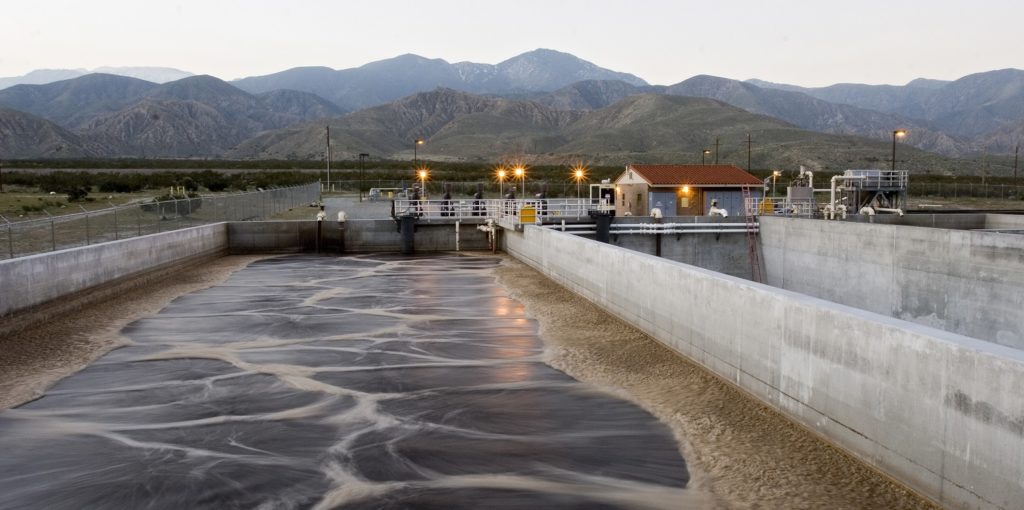View all coronavirus stories >

Photo by Paul Cockrell
WEF releases an updated and expanded version of “The Water Professional’s Guide to COVID-19”
Authors: Rasha Maal-Bared, Naoko Munakata, Kyle Bibby, Kari Brisolara, Charles Gerba, Mark Sobsey, Scott Schaefer, Jay Swift, Lee Gary, Samendra Sherchan, Akin Babatola, Lola Olabode, Robert Reimers, Robert Bastian, and Albert Rubin
The research community has yet to find evidence of survival of infective COVID-19 virus in feces and in wastewater systems. Efforts are ongoing to assess the relative risk of exposure to wastewater.
Current efforts estimate numbers of infections in the community and support public health surveillance by detecting the virus in wastewater using molecular techniques that identify presence and quantities of genetic material (RNA). This method does not assess virus viability or infectivity. Future research on COVID-19 virus is encouraged to investigate concentrations of infective virus in feces (if any), shedding patterns in patients and factors influencing persistence of infective virus in plumbing and collection systems
Research is ongoing, but experts currently believe that exposure to wastewater is not a significant transmission route for COVID-19 virus.
WEF continues to work on improving protection of wastewater workers from pathogen exposure — especially via aerosols — by forming a Blue Ribbon Panel to address the issue of required personal protective equipment, as well as protective work and hygiene practices.
On February 19, 2020, WEF published The Water Professional’s Guide to COVID-19. The Guide was meant to increase water sector awareness of COVID-19 virus and any water and wastewater-related issues and relevant resources. The content was reprinted in the April 2020 issue of Water Environment & Technology. Since then, the World Health Organization (WHO) has declared COVID-19 a pandemic and the disease has spread to more than 210 countries with more research on the virus being published every day.
In an effort to keep the water community informed of COVID-19 developments, the Waterborne Infectious Disease Outbreak Control (WIDOC) working group has prepared an update to highlight the latest scientific findings, as well as topics not previously addressed. The goal is to contextualize these new results and state the implications and significance from a water and wastewater collection and treatment, public health and water resource recovery facility (WRRF) worker perspective.
This update reinforces our previous recommendations, which align with the U.S. Centers for Disease Control and Prevention (CDC), the U.S. Occupational Safety and Health Administration (OSHA), WHO and the Pan American Health Organization (PAHO).
There is still no evidence that coronavirus survives the disinfection processes utilized for drinking water and wastewater treatment. No coronavirus-specific protections are recommended for workers working in wastewater treatment and collection systems. However, as data emerges almost daily with regard to this virus, heightened vigilance in compliance with existing personal protective procedures is appropriate to control exposure.